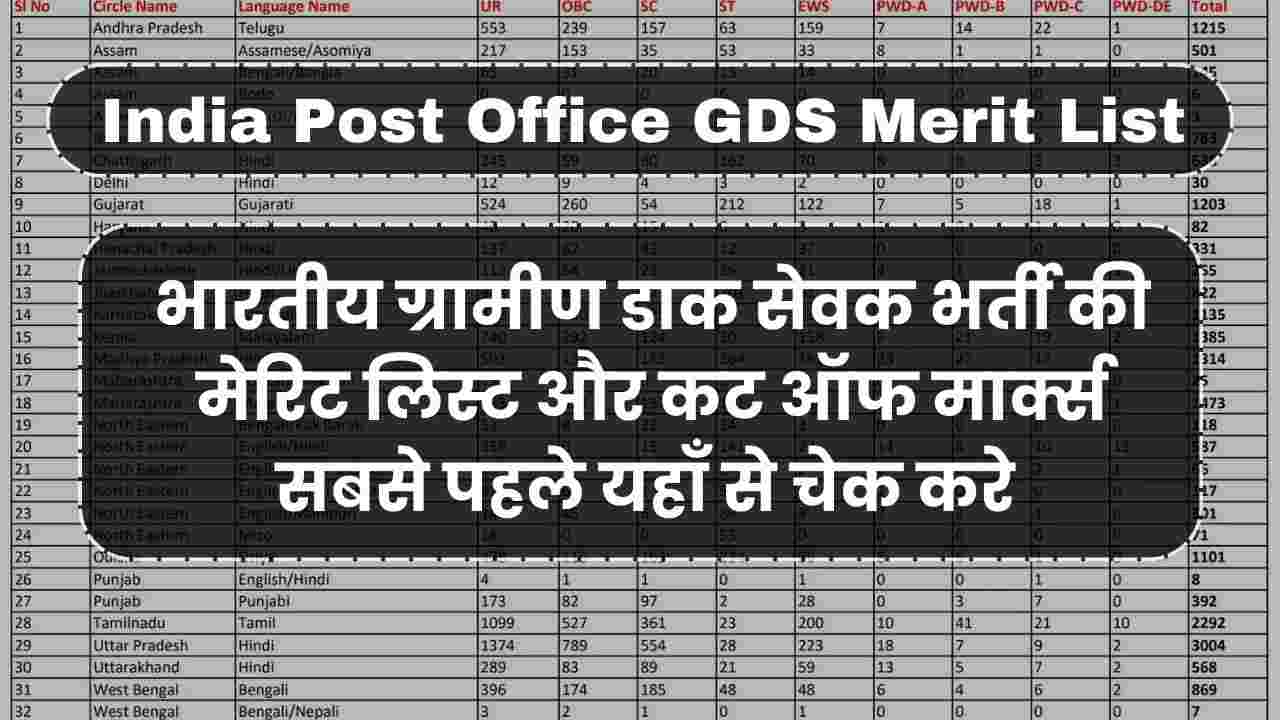ISRO Syllabus 2022 PDF & Exam Pattern ISRO Syllabus 2022 ISRO Syllabus PDF in Hindi Download – अगर आप ISRO Exam की तैयारी कर रहे हो तो पोस्ट आपके लिए अति महत्वपूर्ण है | इस आर्टिकल में ISRO के सिलेबस के बारे में जानकारी दी गई है| साथ ही आप नीचे दी गई लिंक के द्वारा Pdf डाउनलोड कर सकते है वे उम्मीदवार जिन्होंने इसका ऑनलाइन आवेदन किया है उनके लिए निवनतम एग्जाम पैटर्न दिया गया है जो आपके लिए तैयारी करने में काम आएगा।( ISRO Syllabus 2022 & Exam Pattern PDF Download )
ISRO Syllabus 2022 PDF Download in Hindi
| Board Name | Indian Space Research Organization (ISRO) |
| Post Name | Scientist Engineer |
| Official Website | www.isro.gov.in |
| Category | Latest Syllabus |
| Exam Date | Update soon |
ISRO Selection Process:-
- Online examination
- Interview
- Documents Verification
ISRO Exam Pattern :-
| Phases | ISRO Recruitment 2022 Events | Total No. of questions | Time Duration |
| I | Written Test (Computer Science Engineering) | 80 | 1 Hour 30 Minutes |
| II | Interview | Not Disclosed | Not Disclosed |
ISRO Topic Wise Syllabus:-
Engineering Mechanics: Free-body diagrams and equilibrium; friction and its applications including rolling friction, belt-pulley, brakes, clutches, screw jack, wedge, vehicles, etc.; trusses and frames; virtual work; kinematics and dynamics of rigid bodies in plane motion; impulse and momentum (linear and angular) and energy formulations; Lagrange’s equation.
Mechanics of Materials: Stress and strain, elastic constants, Poisson’s ratio; Mohr’s circle for plane stress and plane strain; thin cylinders; shear force and bending moment diagrams; bending and shear stresses; the concept of shear center; deflection of beams; torsion of circular shafts; Euler’s theory of columns; energy methods; thermal stresses; strain gauges and rosettes; testing of materials with the universal testing machine; testing of hardness and impact strength.
Theory of Machines: Displacement, velocity, and acceleration analysis of plane mechanisms; dynamic analysis of linkages; cams; gears and gear trains; flywheels and governors; balancing of reciprocating and rotating masses; gyroscope.
Vibrations: Free and forced vibration of single degree of freedom systems, the effect of damping; vibration isolation; resonance; critical speeds of shafts.
Machine Design: Design for static and dynamic loading; failure theories; fatigue strength and the S- N diagram; principles of the design of machine elements such as bolted, riveted, and welded joints; shafts, gears, rolling and sliding contact bearings, brakes, and clutches, springs.
Fluid Mechanics: Fluid properties; fluid statics, forces on submerged bodies, stability of floating bodies; control-volume analysis of mass, momentum and energy; fluid acceleration; differential equations of continuity and momentum; Bernoulli’s equation; dimensional analysis; the viscous flow of incompressible fluids, boundary layer, elementary turbulent flow, flow through pipes, head losses in pipes, bends, and fittings; basics of compressible fluid flow.
Heat-Transfer: Modes of heat transfer; one-dimensional heat conduction, resistance concept and electrical analogy, heat transfer through fins; unsteady heat conduction, lumped parameter system, Heisler’s charts; thermal boundary layer, dimensionless parameters in free and forced convective heat transfer, heat transfer correlations for flow over flat plates and through pipes, the effect of turbulence; heat exchanger performance, LMTD and NTU methods; radiative heat transfer, Stefan- Boltzmann law, Wien’s displacement law, black and grey surfaces, view factors, radiation network analysis
Thermodynamics: Thermodynamic systems and processes; properties of pure substances, the behavior of ideal and real gases; zeroth and first laws of thermodynamics, calculation of work and heat in various processes; second law of thermodynamics; thermodynamic property charts and tables, availability and irreversibility; thermodynamic relations.
Applications: Power Engineering: Air and gas compressors; vapor and gas power cycles, concepts of regeneration and reheat. I.C. Engines: Air-standard Otto, Diesel, and dual cycles. Refrigeration and air-conditioning: Vapor and gas refrigeration and heat pump cycles; properties of moist air, psychrometric chart, basic psychrometric processes. Turbomachinery: Impulse and reaction principles, velocity diagrams, Pelton-wheel, Francis and Kaplan turbines; steam and gas turbines.
Engineering Materials: Structure and properties of engineering materials, phase diagrams, heat treatment, stress-strain diagrams for engineering materials.
Casting, Forming, and Joining Processes: Different types of castings, design of patterns, molds and cores; solidification and cooling; riser and gating design. Plastic deformation and yield criteria; fundamentals of hot and cold working processes; load estimation for bulk (forging, rolling, extrusion, drawing) and sheet (shearing, deep drawing, bending) metal forming processes; principles of powder metallurgy. Principles of welding, brazing, soldering and adhesive bonding.
Machining and Machine Tool Operations: Mechanics of machining; basic machine tools; single and multi-point cutting tools, tool geometry and materials, tool life and wear; economics of machining; principles of non-traditional machining processes; principles of work holding, jigs and fixtures; abrasive machining processes; NC/CNC machines and CNC programming.
Metrology and Inspection: Limits, fits and tolerances; linear and angular measurements; comparators; interferometry; form and finish measurement; alignment and testing methods; tolerance analysis in manufacturing and assembly; concepts of coordinate-measuring machine (CMM).
Computer Integrated Manufacturing: Basic concepts of CAD/CAM and their integration tools; additive manufacturing.
Production Planning and Control: Forecasting models, aggregate production planning, scheduling, materials requirement planning; lean manufacturing.
Inventory Control: Deterministic models; safety stock inventory control systems.
Operations Research: Linear programming, simplex method, transportation, assignment, network flow models, simple queuing models, PERT and CPM.
| Important Links | ||||||||
| ISRO Syllabus 2022 Download PDF | ||||||||
| Official Website |




